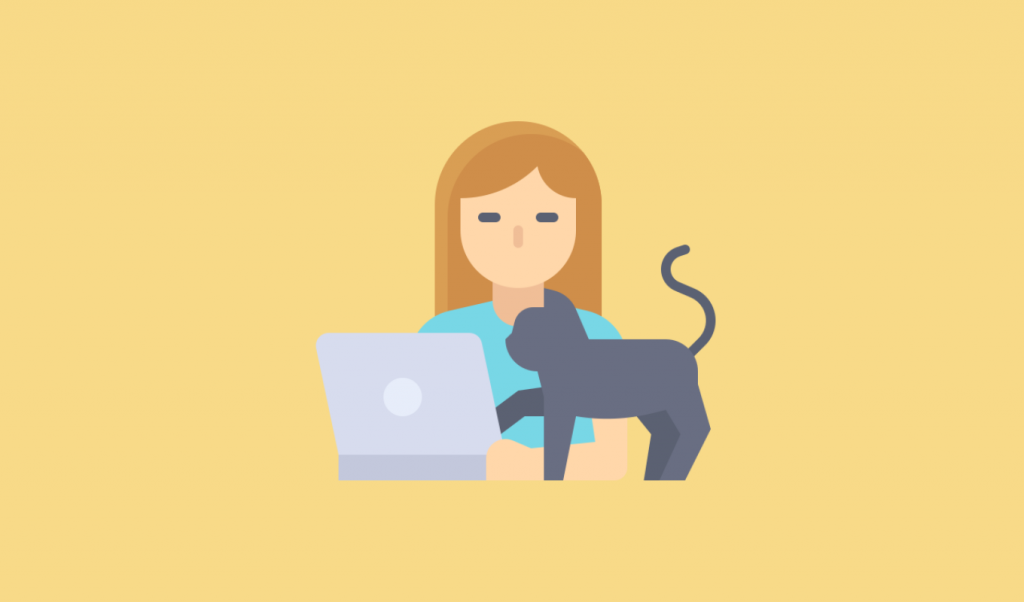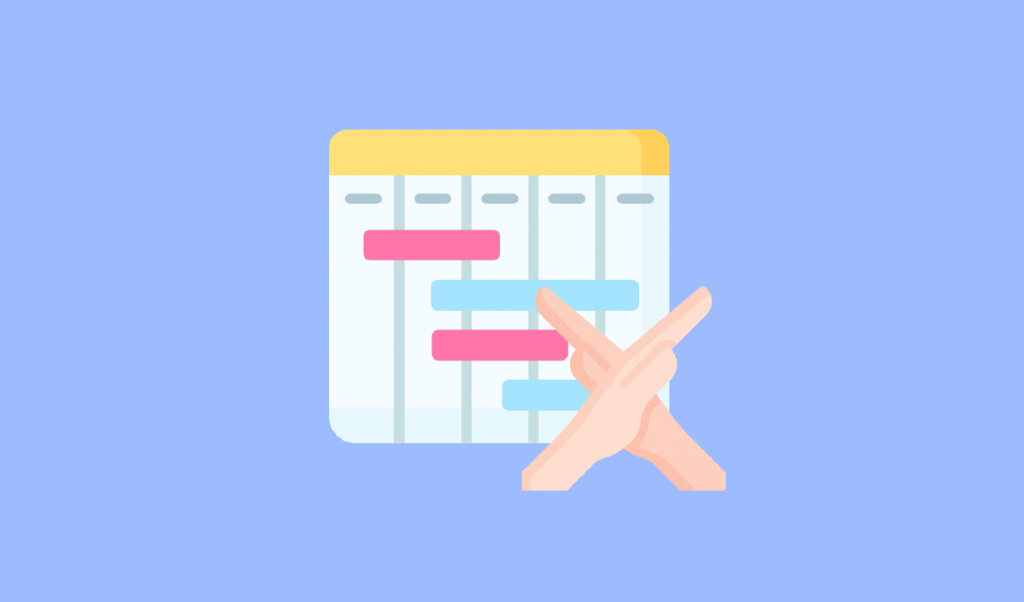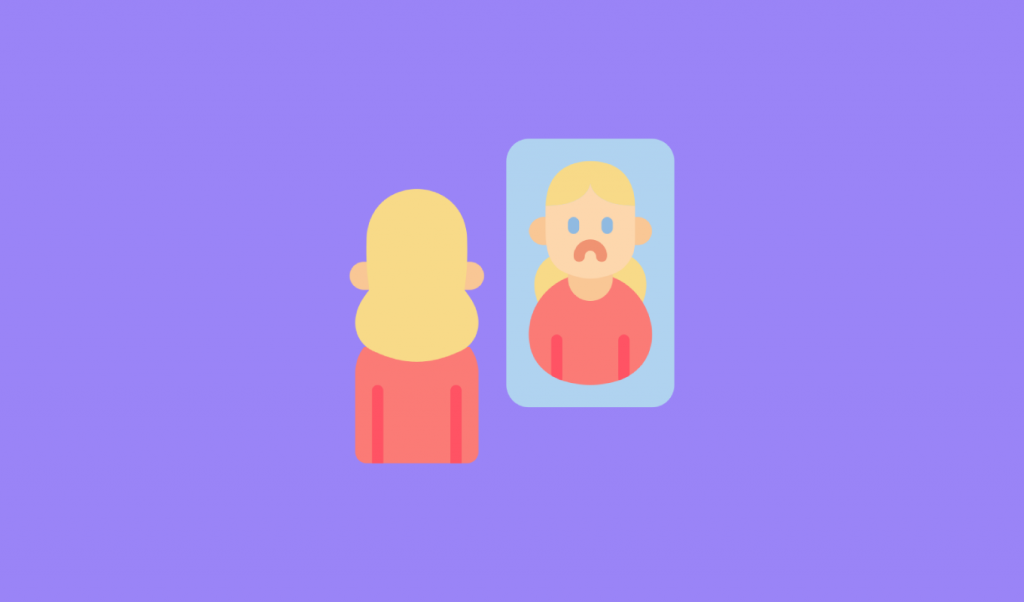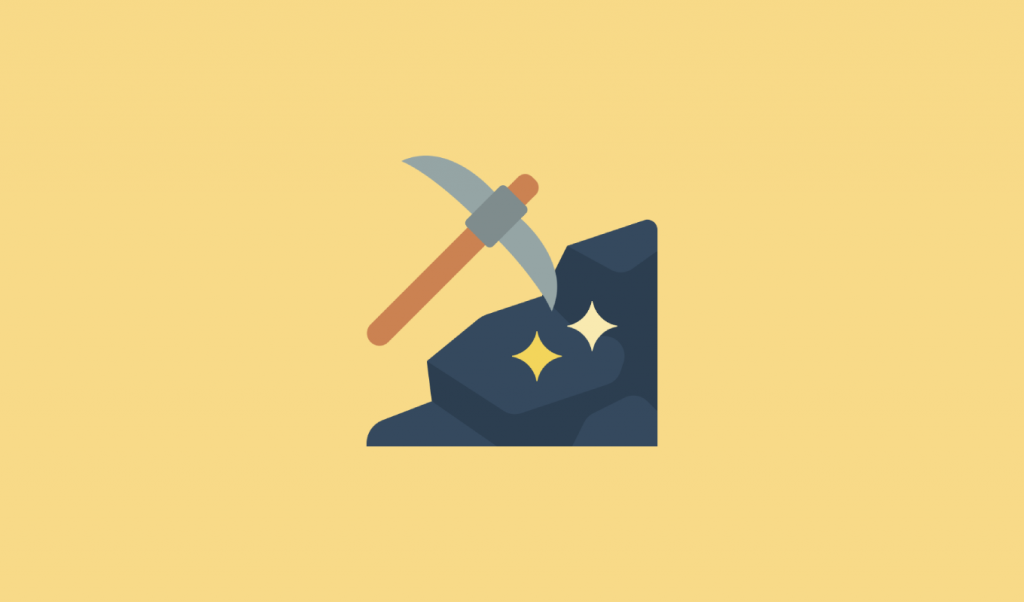Are you struggling to be productive when working from home? You’re not alone. Many remote workers find themselves battling distractions, blurred boundaries, and motivation challenges in their home office environment.
In this comprehensive guide, I will explore why it’s so easy to lose focus at home and share practical, research-backed strategies to help you stay focused, boost your productivity, and create a healthy work-life balance.
🧠 Why It’s So Hard to Focus While Working From Home
🏢 Missing the Traditional Work Environment
The traditional work environment provides structure, clear boundaries, and social accountability. At home, these external motivators disappear, making it harder to stay productive throughout your work hours.
Also, if you work from home changes are high you are self employed/run your own business, which is notoriously challenging when it comes to productivity. Not only do you likely wear many hats (e.g. prioritization nightmare!) and have way too much on your plate, but you also have less accountability from outside forces. And accountability is a crucial element in actually getting things done!
🧺 Home Distractions Are Everywhere
From household chores calling your name to family members needing attention, your home is filled with distractions that never existed in an office setting (like that laundry pile staring right at you).
These constant interruptions and distractions can make it really difficult to remain focused on your work.
📱 Digital Temptations
Without office oversight, checking social media, personal emails, or engaging in other activities becomes all too easy. These digital distractions can significantly fragment your attention throughout the productive day.
I would say social media and online content has become one of THE biggest factors that is derailing our productivity and focus.
⏰ Boundary Challenges
When your living space and workspace are the same, the line between your personal life and professional responsibilities becomes blurred. Many remote workers struggle to create boundaries and find themselves thinking about work during personal time or vice versa.
🪑 Create a Dedicated Workspace
🎯 Why This Matters
Research shows that having a dedicated workspace triggers your brain to enter “work mode.” Even in a small home, creating physical separation between work and personal spaces significantly helps you maintain productivity.
✨ Tips on Setting Up Your Home Office
🖥️ Position your desk near natural light for good lighting (makes a big difference in energy and focus).
🪟 Ensure easy access to fresh air. Studies show that fresh air improves cognitive function by 61% – 101%.
🧹 Maintain a clutter-free environment to reduce visual distractions (This really makes a difference!).
🎧 Keep noise-canceling headphones handy to block unexpected noise or use white noise while working.
🪴 Add plants or personal touches that energize without distracting. Plants also improve your air quality (see point above).
👌 Invest in a comfortable chair that supports proper posture during long work sessions. Pain is distracting and stresses your brain.
💡 Amazing Marvin Tip: Use Marvin’s global filter strategy to completely separate work and personal tasks, creating a clear mental boundary in your to-do list app even when your physical space is limited.
💺 Ergonomics Matter
Poor ergonomics doesn’t just hurt your body—it hurts your focus. Pain is distracting and poor posture can limit how much blood your brain gets and therefore how well it functions! 🧠
📏 Position your monitor at eye level. You want to avoid having to look down.
🪑 Adjust your chair height so your feet rest flat on the floor.
⌨️ Keep your keyboard at a height where your elbows form a 90-degree angle.
🔄 Take breaks from sitting every 30 minutes. Even a 30-second stretch can help.
🧘 Consider a standing desk option for part of your day. This helps your body and also your brain. Anything that increases blood flow improves your brain function.
⏱️ Time Management Strategies That Actually Work
⚡ Energy Management vs. Time Management
Work with your natural energy cycles, not against them.
One of the most important things you can do is figure out when you are naturally at your peak focus/energy state and use that to complete your most important work.
🌅 Schedule deep focus work during your peak energy hours
🌆 Save administrative tasks for lower energy periods
🔍 Track your energy for a week to find your personal patterns
🍎 Maintain energy levels with proper hydration, a healthy snack, and short movement breaks (and good sleep! It’s all about that sleep 😴 ).
🚨Focus on managing your energy and emotions!
I can’t stress enough: While time management has it’s place and can be important, when you feel your productivity is severely limited, it is usually an energy or emotional management issue, rather than a time management one.
🍅 The Pomodoro Technique
Work in focused 25-minute intervals with 5-minute breaks. This technique leverages your natural attention spans to maximize focus while working. After completing four cycles, take a longer break of 15-30 minutes.
😮 45 minutes used to be how long most people could focus at a time. But this has now shrunk to about 25 minutes or even less. You can learn to focus for longer periods of time again.
📊 Day Planning and Time Blocking
Schedule specific blocks for different activities: deep work, emails, meetings, and even breaks.
This creates structure similar to an office environment.
📅 Plan your day the evening before or as part of your morning routine.
🎯 Assign your most challenging tasks to your peak energy hours.
📨 Batch similar tasks together (like checking emails or returning phone calls).
🧠 Include buffer time between blocks for transitions.
🔄 Review and adjust your blocks weekly based on what’s working
💡 Amazing Marvin Tip: Marvin’s time targets feature lets you set how much time you want to dedicate to specific projects or categories each day or week, helping you maintain balanced focus.
🚫 Eliminate Distractions to Stay Focused
📱 Digital Distractions
I can’t stress enough how much digital distractions have derailed our collective focus and productivity.
Willpower and good intentions are usually not enough. The dopamine surges these activities create (and the resulting “addiction factor”) are too powerful. Our biology works against us in this case.
Try these strategies:
📵 Put your phone in another room during focus sessions.
🔕 Use “Do Not Disturb” mode on all devices.
🧩 Install browser extensions that block distracting websites and apps.
📧 Close email and messaging apps during deep work.
🔄 Batch notifications and check them during specific times.
🗑️ Delete your most distracting apps. I know this can feel impossible, but you can always install them again if it made your life worse.
⏰ Use a time tracker to increase awareness of how you spend your time.
📋 The Power of a To-Do List
A well-structured to-do list can create a ton of clarity and direction.
Keep in mind that any app is just a tool and it is most important that you have a good system/workflow that works for YOU. This can take some time to figure out. I am here to help.
A few pointers for effecting task management:
✏️ Limit your daily list to 3-5 priority tasks.
🔍 Be specific about what success looks like for each task
✅ Include even small tasks for the satisfaction of checking them off
📊 Group similar tasks to maintain momentum
🔄 Review and update your list as part of your end-of-day ritual
Amazing Marvin Tip: Marvin’s Super Focus mode helps you know exactly what you should be working on next, eliminating decision fatigue that can drain your focus.
🏡 Handling Physical Distractions
🚪 Close your door and use a signal system to let family members know when you can’t be interrupted
🎵 Use background music playing designed for focus (more on this below!)
👁️ Face away from high-traffic areas in your home
📝 Keep a “distraction pad” to quickly note household tasks that come to mind so you can address them later
🗣️ Establish clear rules about interruptions for phone calls or questions from family
🎵 Focus-Enhancing Background Music
Turns out the right background sound can dramatically improve concentration by not just masking out distractions but it also directly affects our brain to boost concentration or calmness.
Try these:
🎹 Instrumental music only (lyrics activate language processing centers).
🌊 Ambient sounds like rainfall or coffee shop background noise can put you in a focused state.
🧠 Brain.fm offers scientifically designed focus music.
🔄 Lofi beats provide rhythmic consistency without distraction.
🎧 Nature sounds can reduce stress and improve focus.
🤝 Build Accountability Systems
Just because you “work alone” doesn’t mean you have to work alone! There are creative ways to make working more social, which often translates into more productivity.
👥 Virtual Coworking
👨💻 Focusmate pairs you with accountability partners for scheduled online work sessions.
👩💼 Schedule virtual “work dates” with colleagues or friends.
🎯 Join online communities dedicated to productivity or entrepreneurship and check in which others.
📊 Share your goals with someone who will check in on your progress (an accountability buddy).
📈 Track Your Progress
✅ Celebrate completed tasks visually
📊 Review your productivity data weekly
🎁 Create meaningful rewards for milestone achievements
📈 Use a time tracker to analyze where your time actually goes
🔄 Adjust your strategies based on what the data tells you
💡 Amazing Marvin Tip
Marvin’s unique “bet real money” feature lets you wager against self-imposed deadlines, creating external accountability where none exists naturally.
🌅 Establish a Meaningful Daily Schedule
🏢 Morning Routine: Start Strong
A consistent morning routine signals to your brain that it’s time to begin work.
⏰ Wake up at the same time each day.
🚿 Follow a consistent morning ritual.
👔 Change into “work clothes” (even if casual) to create mental separation.
🚶♀️ Take a brisk walk to simulate a commute and get fresh air.
🧘 Include 5-10 minutes of mindfulness to set intentions for the day.
📝 Review your to-do list and priorities.
☕ Structured Breaks to Maintain Energy
Strategic breaks don’t reduce productivity—they enhance it by preventing burnout:
⏰ Schedule a lunch break away from your workspace
🚶 Take breaks that involve movement, preferably outdoors for fresh air
👁️ Practice the 20-20-20 rule for eye strain (every 20 minutes, look at something 20 feet away for 20 seconds)
💧 Use breaks to hydrate and have a healthy snack
🧠 Try a quick meditation or deep breathing during a longer break
Amazing Marvin Tip: Use Marvin’s Pomodoro feature to automatically remind you when to take regular breaks, preventing burnout before it starts.
🌆 End-of-Day Ritual
Create clear endings to prevent work from bleeding into personal time:
📋 Write tomorrow’s to-do list
💻 Shut down your computer completely
🚶♂️ Take an “evening commute” walk for fresh air
🔄 Say an end-of-work mantra (seriously, it works!)
📱 Set communication boundaries (no work emails after certain hours)
🧘 Mental Health and Focus
🧠 The Connection is Real
Your mental health directly impacts your ability to focus while working. Remote work can create isolation and stress that undermines attention:
🗓️ Schedule regular social connection, even virtually
🌳 Spend time in nature to restore attention resources
😌 Practice stress management techniques
💤 Prioritize sleep hygiene for cognitive function
🏃 Include regular exercise in your daily schedule
🚧 Setting Psychological Boundaries
Psychological boundaries are just as important as physical ones:
🚫 Learn to say no to additional commitments when focused on important work
🕰️ Set boundaries around when you’ll respond to work communications
🧠 Practice thought-stopping techniques when work worries intrude on personal time
📱 Create technology-free zones or times in your home
🔄 Develop transition rituals between work and personal activities
“Remote workers who actively manage their mental health report 28% higher satisfaction and 31% higher productivity.” — Remote Work Wellness Study, 2024
💻 Productivity Tools That Make a Difference
🧠 Task Management
- Amazing Marvin offers customizable systems for any work style, with features specifically designed for remote workers:
- 🔍 Super Focus Mode shows exactly what you should be working on
- ⏱️ Built-in time tracker (especially useful for freelancers)
- 🎲 Task pickers to eliminate decision fatigue
- 🗂️ Multiple organization methods for different thinking styles
- 📊 Priority management to stay organized when overwhelmed
⏱️ Time Tracking
- Toggl helps you understand where your time actually goes
- RescueTime automatically tracks digital activities
- Time Doctor combines monitoring with productivity analysis
🔐 Focus Apps
- Freedom blocks distracting websites and apps
- Forest uses gamification to keep you off your phone
- Focus@Will provides scientifically optimized music
📈 Advanced Strategies to Achieve Peak Focus
🧪 The Science of Deep Work
To reach a state of deep focus where your most productive work happens:
🕰️ Block at least 90-minute uninterrupted sessions
🔄 Create a consistent pre-focus ritual
📱 Remove all possible interruptions
🎯 Define a clear, specific objective for each session
🧠 Train your focus like a muscle, gradually increasing duration
🔄 Creating Momentum
Starting is often the hardest part. Use these techniques to build momentum:
⏱️ The “Two-Minute Rule” – if something takes less than two minutes, do it now
🏁 “Just 5 Minutes” – commit to working on something for just five minutes
🧩 Break larger projects into tiny, non-intimidating steps
🏆 Create easy wins early in your day to build confidence
📱 Use habit stacking to attach new work habits to existing ones
🧘 Mindfulness for Focus
Incorporating mindfulness practices can dramatically improve your ability to maintain focus:
🧠 Practice brief meditation before important focus sessions
👁️ Pay attention to mind-wandering and gently redirect your focus
🌬️ Use box breathing when you feel distracted
🎯 Set intentions before beginning work on a task
🔄 Perform regular attention training exercises
💡 A Few Tips for Specific Situations
👨👩👧 Working from Home with Family
When family members are present, these things might help:
📅 Create a visual schedule everyone can see that includes your meetings and important deep focus power hours.
🚦 Use a signal system (like a colored sign on your door) to signal when you are working.
🗣️ Establish clear rules about what constitutes an emergency interruption.
⏰ Schedule focused work during nap times or after bedtime for young children.
🤝 Trade supervision duties with a partner if possible.
💼 Managing Multiple Projects
When juggling various responsibilities:
📊 Use color-coding to visually separate different projects
🔄 Batch similar tasks across projects
📱 Consider context-based organization rather than project-based
⏰ Time-block specific projects on specific days
📈 Track project time separately to ensure balanced attention
Amazing Marvin Tip: Marvin’s projects and categorization features help you organize complex workloads in whatever way makes the most sense for your brain.
🏋️ Fighting Work-from-Home Fatigue
When motivation lags:
🔄 Change your environment—even moving to a different room can help.
👥 Schedule a collaborative session to reignite enthusiasm.
💦 Hydrate with water and a pinch of salt and eat a protein rich snack.
🎯 Revisit your “why” to connect current tasks to a larger purpose.
🔍 Break work into smaller steps to fight overwhelm.
🎮 Gamify repetitive tasks with timers or point systems. The simplest way to gamify a task is to estimate how long it will take and then try to beat that estimate.
😴 Take a yoga nidra nap. Go on YouTube and search for “Yoga Nidra”. It’s basically a guided nap that is as restorative as hours of sleep. Pick a 20, 30 or 40m session based on how tired you are.
🌟 Success Stories: Real Examples from Remote Workers
📊 Time Tracking opened my eyes
“I was constantly distracted by household tasks until I started using a time tracker to see where my hours were going. The data shocked me! I was losing nearly four hours daily to random interruptions. Now I batch all house-related tasks into two 30-minute blocks and use Amazing Marvin to keep my work priorities visible at all times. The big difference was seeing the actual numbers.”
Miguel, Software Developer
🏆 Routines changed the game for me
“Creating a specific routine transformed my remote work experience. I start each day with a morning ritual: meditation, reviewing my objectives, and a brisk walk. I close my workday by planning tomorrow and doing a gratitude practice. These bookends keep work contained and help me stay motivated even during challenging projects.”
Aisha, Marketing Consultant
🧠 I love my focus music
“My environment was sabotaging my focus. I invested in good lighting, ergonomic furniture, and created visual barriers between my home office and living space. I keep my space clutter free, which has been surprisingly helpful in feeling more calm. I also use different music playlists as environmental triggers—my brain now associates my ‘deep work’ playlist with focused states, almost like a Pavlovian response that helps me achieve a flow state faster.”
Jordan, Financial Analyst
🎯 Final Thoughts: Your Personal Focus Formula
You don’t have to implement every strategy to become more focused. One step at a time.
It’s about experimenting to discover what works for your specific situation, home environment, and work style.
The key is to start small:
- Choose just 2-3 strategies from this guide to implement this week.
- Be consistent with them for at least 10 work days.
- Evaluate their impact on your focus and productivity.
- Gradually add new strategies as the initial ones become habits.
Remember that even seasoned remote workers have difficult days. The goal isn’t perfection but progress—building a sustainable system that helps you do your best work while maintaining well-being.
With intentional boundaries, smart systems, and the right tools, you can transform your home from a distraction zone into a productivity powerhouse where you can consistently stay focused while working from home. 🏠
Looking for a productivity system designed specifically for the challenges of working from home? Try Amazing Marvin free for 14 days and discover a customizable productivity system that adapts to your unique focus challenges.
Also published on Medium.



